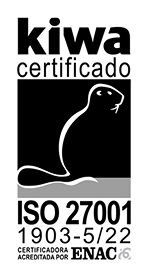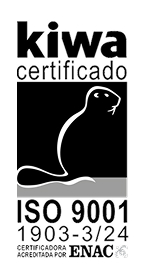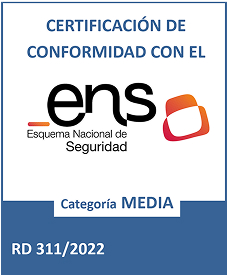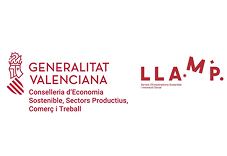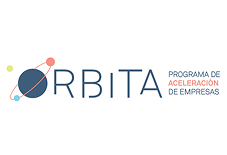Law 34/2002 in a nutshell
Imagine your website is a physical store. Ley 34/2002 would be like that rule that says the door can’t have impossible steps, the lettering on signs must be read without a magnifying glass, and anyone must be able to enter and move around freely.
In the digital world, this law requires that all websites be accessible, meaning they can be used by anyone, with or without disabilities.
No more tiny buttons, hard-to-read text, or videos without subtitles.
Although the law does not specify technical criteria, it requires compliance with current specific accessibility regulations, such as Real Decreto 1112/2018 and the UNE-EN 301549 standard, based on WCAG 2.1 AA.
Historical context: why Ley 34/2002 was created
The Spanish Law on Information Society Services and Electronic Commerce (LSSI-CE) was passed on July 11, 2002, at a key moment: the rise of the Internet and e-commerce in Spain.
Its initial objective was to regulate online transactions, protect consumers, and ensure a safe and accessible digital environment.
In its early years, digital accessibility was not as developed as it is today, but the law already laid the groundwork for any citizen to benefit from online services.
Over time, the regulations have been adapted to align with European standards and more specific laws, such as Real Decreto 1112/2018 and the European Accessibility Act.
Who is bound by Ley 34/2002?
The LSSI-CE applies to:
- Public administrations and their dependent bodies.
- Companies that manage public services or receive public funding.
- Private companies in certain sectors (e-commerce, banking, transportation, telecommunications, etc.) when required by their sector regulations or the European Accessibility Act.
💡 Exception: Micro-SMEs (fewer than 10 employees and annual turnover under €2 million) are exempt from some obligations, but compliance improves usability and brand image.
What you must comply with according to Ley 34/2002
- Alternative texts in images.
- Subtitles and transcripts in audiovisual content.
- Adequate color contrast.
- Keyboard navigation without locks.
- Screen reader support.
- Clear header structure and accessible forms.
Real examples of good practices in web accessibility
- Andorran Government: The government has implemented digital accessibility on both its website and Andorra Turisme, which includes the Acctua navigation. This makes navigation easier for people with different degrees and types of disabilities, including sensory and motor disabilities or cerebral palsy.
- Correos: offers a portal optimized for screen readers and a clear navigation system that reduces user barriers for older adults.
These cases demonstrate that accessibility is not an optional extra, but rather part of the digital strategy of leading companies and public institutions.
Consequences of non-compliance
Non-compliance can result in fines ranging from €601 to €30,000 in minor cases and up to €600,000 in very serious cases.
Examples:
- A Spanish airline was fined €90,000 for contrast issues and the lack of alternative text (Source: Ministry of Social Rights and the 2030 Agenda).
- Hypothetical case for SMEs: An online store without keyboard navigation and image descriptions could receive a fine of €3,000.
And beyond the fine, the impact on reputation and loss of customers can be much more costly.
Positive impact of complying with Ley 34/2002
Beyond avoiding sanctions, an accessible website:
- Expand your market: According to the WHO, more than 15% of the world’s population lives with some type of disability, which represents millions of potential customers in Spain.
- Improve SEO ranking: Google values accessibility and rewards optimized websites with better search engine visibility.
- Increase conversions: Clear, seamless navigation reduces abandonment and makes it easier to purchase or contact.
- Strengthens corporate reputation: demonstrates commitment to inclusion and social responsibility.
How Inclusive Access can help you
At Accesit Inclusivo, with our Acctua tool, we help any website comply with Ley 34/2002 and other accessibility regulations.
We automatically detect and correct many of the most common barriers, improving the experience for all your users and reducing the risk of sanctions.
Because accessibility isn’t just a legal obligation: it’s an opportunity to expand your market and strengthen your brand.
